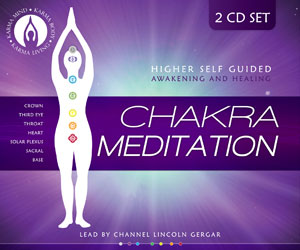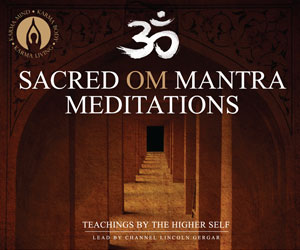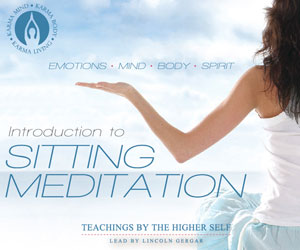This article is a follow-up to What is meditation? How to practice meditation. Learn 6 spiritual practices that prepare you for meditation. These practices create a focused, quiet mind, peaceful emotions and greater self-mastery.
What if meditation is too difficult?
I have written this article to help spiritual seekers who are having difficulty enjoying a meditation practice. It is perfectly acceptable if you feel that you are not ready to practice traditional meditation. Meditation can be difficult is the mind is too busy or emotion arise that cause suffering. There are other practices that will be easier to perform than traditional meditation. These practices will do more to help you that trying to force yourself to meditate will do. It is not wise to force yourself to meditate if it only causes you suffering. It is better to use a different practice that has been designed specifically for people preparing themselves to meditate. In this article, I share 6 practices that you can use to prepare yourself for deeper meditation.
If you are having difficulty practicing breath awareness or Love awareness because the mind is too active with thoughts and emotions, then it is best to use an easier practice than meditation. Using more effort to work with a restless mind can be very helpful. If the mind is too busy, use a breath control practice or a thought control practice. By first developing control of the mind, we prepare the way to awareness-based meditations.
These are the breath control practices I recommend:
- Ujjayi breath (watch this video)
- Guided breathing (watch this video). Counting the time during each inhalation and exhalation and consciously controlling the breath to fit the prescribed time. Such as inhale for a count of 5 seconds, pause for 1 second, exhale for a count of 5 seconds, pause for 1 second, continue. Count aloud in your thoughts each second. Feel your chest expand as you inhale and contract as you exhale. Breath and count in a relaxed manner. Increase the time as you become more relaxed in mind and body. Do not cause stress by trying to increase the breath’s time. How many seconds each breath takes is not important. The goal is relaxation and increased awareness with less distracting thoughts.
- Pranayama (watch this video)
- Kundalini breath (watch this video)
These are the mind control practices that I recommend:
- OM Mantra (watch this video and use this CD / MP3 download)
- ‘I am Love’ Affirmation (use this CD / MP3 download) while feeling the Spiritual Heart in the chest.
As you use these breath control or mind control practices, you will be purifying the mind and emotions while also building your power of concentration. As your mind purifies, you will have less thoughts and less emotions arising during your practice. As you increase your power of concentration, you will be able to stay focused in the meditation and meditate for long periods without getting distracted, losing interest or feeling tired.
It is important when using these practices that we are acting from a peaceful inner state. We are not fighting the mind in an effort to stop thoughts. We are not trying to control our emotions to remove them. Resisting the mind will only cause more stress and suffering, and take us further from the meditative state.
All of these practices are designed to introduce a new state of organized peace into the busy mind. We are adding new energies into the mind. We are not trying to stop the old patterns. The old patterns will reduce as we continue to add these new practices into our experience. Focus on performing the practice as best you can and trust that the practices will take care of rest.
Over time and with a regular practice schedule, you will notice the inner peace and state of ‘being awareness’ effortless increasing. You will notice your mind and emotions becoming calmer. As this happens you may feel guided from within to try an awareness-based meditation again. The effort-based practices have prepare the way to deeper meditation.


 All of the Higher Self channeling videos on this website are provided free of cost, in service to the spiritual growth of humanity.
All of the Higher Self channeling videos on this website are provided free of cost, in service to the spiritual growth of humanity. All of the Higher Self channeling videos are available as downloaded mp3 audio files.
All of the Higher Self channeling videos are available as downloaded mp3 audio files.






